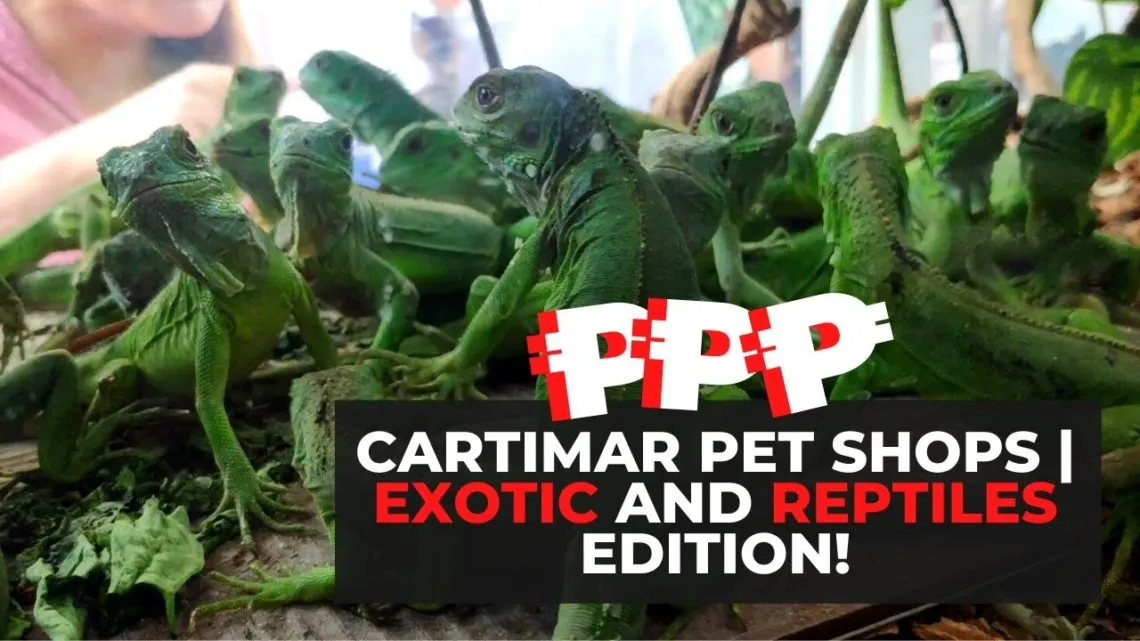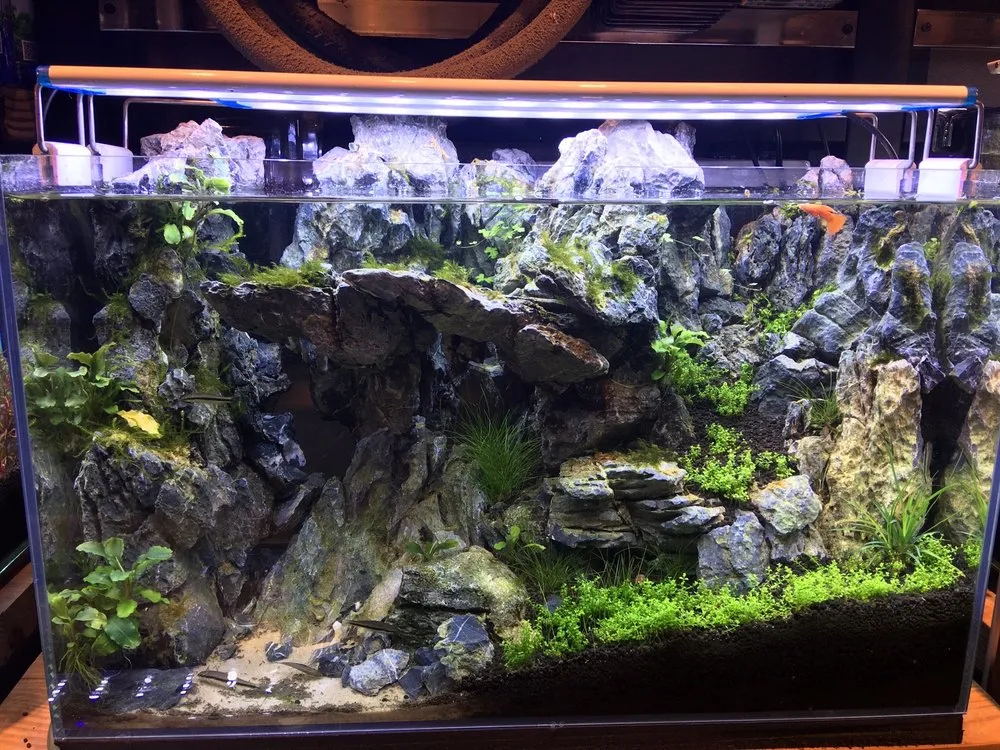Considering a tarantula from Cartimar Pet Shop? These fascinating creatures make for captivating pets, but their care requires knowledge and dedication. This comprehensive guide offers essential care tips to ensure your Cartimar tarantula thrives. From selecting the right species to understanding their dietary needs, this article provides a roadmap to responsible tarantula ownership, ensuring both your safety and the well-being of your eight-legged friend. Whether you’re a seasoned arachnid enthusiast or a curious newcomer, this guide offers valuable insights into creating a thriving habitat and providing the best possible care for your Cartimar tarantula.
Choosing Your Cartimar Tarantula
The first step to responsible tarantula ownership is selecting the right species. Different tarantula species have varying temperaments, care requirements, and sizes. Researching these aspects is crucial to ensure you can provide the appropriate environment and meet your tarantula’s needs. Visiting Cartimar Pet Shop allows you to see the available species and ask questions to the staff about their characteristics, which can help you make an informed decision, considering your experience level and the resources you can provide. Choosing a species that aligns with your lifestyle and care capabilities is paramount to their longevity and well-being.
Researching Different Tarantula Species
Before bringing a tarantula home from Cartimar, delve into detailed research on potential species. Investigate their adult size, lifespan, and specific habitat needs. Some species are more docile, while others may be more defensive. Research their venom potency, although most tarantula bites are not life-threatening, some individuals may experience allergic reactions. Additionally, familiarize yourself with the species’ dietary preferences, ideal temperature and humidity levels, and substrate requirements. Utilize online resources, books, and experienced tarantula keepers to gather comprehensive information.
Popular Tarantula Species Available at Cartimar

Cartimar Pet Shop often stocks a variety of tarantula species. Some commonly available options include the Chilean Rose Hair (Grammostola rosea), known for its docile nature and suitability for beginners. The Mexican Red Knee (Brachypelma hamorii) is another popular choice, recognized for its striking appearance and relatively calm temperament. The Pinktoe tarantula (Avicularia avicularia) offers a splash of color, but requires more humidity and specialized care. When visiting Cartimar, inquire about current species available and ask staff about their specific care needs.
Setting Up Your Tarantula’s Habitat
Creating a suitable habitat is crucial for your tarantula’s well-being. The enclosure should mimic the tarantula’s natural environment as closely as possible. This involves choosing the right enclosure, appropriate substrate, and maintaining the correct temperature and humidity levels. Proper setup promotes their health, encourages natural behaviors, and minimizes stress. Prioritizing these elements from the outset will contribute to a thriving and contented tarantula, ensuring a positive experience for both you and your pet.
Choosing the Right Enclosure
The enclosure should be appropriately sized for the tarantula’s adult size. A general rule is to provide an enclosure that is at least twice the tarantula’s leg span in width and length and at least 1.5 times their leg span in height. Glass or clear plastic enclosures are ideal, allowing you to observe your tarantula. Ensure the enclosure has a secure, well-ventilated lid to prevent escapes. Consider the tarantula’s lifestyle; terrestrial species prefer more floor space, while arboreal species need more vertical space and branches for climbing.
Substrate Selection

The substrate serves as the tarantula’s flooring and plays a vital role in maintaining humidity and providing a burrowing environment. Appropriate substrates include a mixture of coconut fiber, peat moss, or vermiculite. The substrate should be deep enough for burrowing species to create tunnels and burrows. Avoid substrates that can be harmful if ingested, such as gravel or small pebbles. Regularly moisten the substrate, taking care not to make it overly wet, as this can lead to mold and fungal growth. The correct substrate is essential for your tarantula’s comfort and well-being.
Providing Heat and Humidity
Maintaining the correct temperature and humidity levels is critical for your tarantula’s health. Most tarantulas thrive in temperatures between 75°F and 85°F (24°C and 29°C). Use a heat source, such as a heat lamp or a heat mat, to maintain this temperature, but be careful to avoid overheating. Humidity levels vary depending on the species; research your tarantula’s specific requirements. Use a hygrometer to monitor humidity. You can increase humidity by misting the enclosure with dechlorinated water and by ensuring proper ventilation. The correct climate will help your tarantula thrive.
Feeding Your Tarantula
Proper feeding is essential for a healthy tarantula. Understanding what to feed your tarantula, how often, and how much, contributes significantly to its growth and overall well-being. A well-nourished tarantula is more likely to exhibit normal behaviors and live a long, healthy life. Observe your tarantula’s feeding habits and adjust your feeding schedule as needed. Avoid overfeeding and ensure that any uneaten food is removed to prevent mold and mites.
What to Feed Your Tarantula

Tarantulas are primarily insectivores. Their diet should consist of live insects appropriate for their size. Crickets, mealworms, and roaches are common choices, readily available at Cartimar Pet Shop. Varying the diet with different insect species can provide a more balanced nutritional profile. Dust the insects with calcium and vitamin supplements to provide added nutrients. Always ensure the insects are gut-loaded (fed nutritious food) before feeding them to your tarantula. Avoid feeding wild-caught insects, as they may carry parasites or pesticides.
Feeding Frequency
Feeding frequency depends on the tarantula’s age and size. Spiderlings should be fed more frequently, typically every other day. Juveniles can be fed two to three times a week, while adult tarantulas may only need to be fed once or twice a week. Observe your tarantula’s abdomen; a well-fed tarantula will have a round abdomen. Remove any uneaten insects after 24 hours to prevent them from stressing your tarantula or even harming it during a molt.
Watering Your Tarantula
Clean, fresh water is essential for your tarantula’s hydration. Provide a shallow water dish in the enclosure, easily accessible to your tarantula. The water dish should be small enough that the tarantula cannot drown. Change the water regularly, at least every other day, to prevent bacterial growth. For some species, misting the enclosure can also provide a source of water, particularly if humidity levels are low. Make sure to use dechlorinated water to avoid any potential harm to your tarantula.
Handling Your Tarantula

While some tarantulas are docile, handling them isn’t always necessary and should be done with caution. Understanding when to avoid handling and the potential risks involved helps ensure your safety and minimizes stress on your tarantula. Responsible handling involves creating a calm environment and respecting the animal’s boundaries. Before even attempting to handle your tarantula, assess its behavior and understand its temperament. Never force handling, and always prioritize the tarantula’s well-being.
When to Avoid Handling
Avoid handling your tarantula during molting or shortly after. During molting, their exoskeletons are soft and vulnerable. After molting, they are also more fragile, and their fangs may not be fully hardened. Avoid handling if your tarantula appears stressed, defensive, or shows signs of aggression, such as raising its front legs or flicking hairs. Never handle a tarantula if you are unsure of its temperament or if you lack experience with handling them. It’s always best to err on the side of caution to avoid stress on the tarantula or potential injury to yourself.
Potential Risks of Handling
While most tarantula bites are not life-threatening, they can be painful and cause localized swelling and discomfort. Some individuals may have allergic reactions. Avoid handling altogether if you are allergic to insect bites or stings. Handling can also be stressful for the tarantula, potentially causing it to flick urticating hairs as a defense mechanism, which can cause skin irritation. Always wash your hands thoroughly after handling a tarantula, even if you haven’t been bitten or exposed to urticating hairs. If you are bitten, seek medical advice immediately, especially if you experience any severe symptoms.
Health and Wellness for Your Tarantula

Maintaining a healthy environment and being vigilant for signs of illness are essential aspects of responsible tarantula care. Recognizing common ailments and taking preventative measures can significantly extend your tarantula’s lifespan. Regular observation and prompt action are key to addressing any health issues. Prioritize providing optimal conditions to ensure your tarantula’s well-being.
Recognizing Signs of Illness
Watch out for signs of illness. These include lethargy, loss of appetite, and unusual behavior. If your tarantula stops eating, appears weak, or struggles to move, it may be sick. Also look for physical abnormalities, such as mites, discoloration, or injuries. Observe for any changes in its molting cycle. A tarantula that is having trouble molting, or has a failed molt, needs immediate intervention. Isolate the tarantula if it exhibits signs of illness and consult with an experienced tarantula keeper or a veterinarian who specializes in exotic animals.
Preventative Measures
Preventative measures are the best way to keep your tarantula healthy. Maintain a clean and hygienic environment by regularly removing uneaten food and replacing the substrate. Provide a balanced diet and ensure proper hydration. Quarantine new tarantulas to prevent the spread of any potential diseases. Monitor humidity and temperature levels, as these can affect your tarantula’s health. Regularly inspect your tarantula for signs of illness. By providing a healthy and stress-free environment, you can significantly reduce the risk of illness.
Finding Supplies at Cartimar Pet Shop

Cartimar Pet Shop is an excellent resource for tarantula enthusiasts in the area. You can find a variety of essential supplies, including enclosures, substrates, water dishes, and food. They also often have knowledgeable staff who can provide guidance on tarantula care. When visiting Cartimar, be sure to inquire about the specific needs of the species you are considering. Take the time to explore the different options available to create the perfect habitat for your tarantula and purchase all of the necessary supplies in one location. Cartimar provides all the essentials for your tarantula keeping journey.
Caring for a tarantula from Cartimar Pet Shop can be a rewarding experience. By following these care tips, you can create a healthy and stimulating environment for your eight-legged friend. Remember to always research the specific needs of your tarantula species and be prepared to provide the necessary care. With dedication and attention to detail, you can enjoy the fascinating world of tarantulas for years to come.
